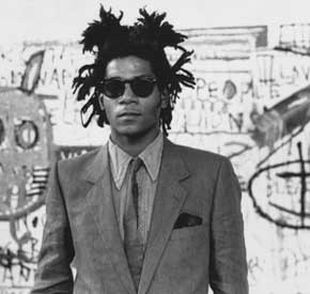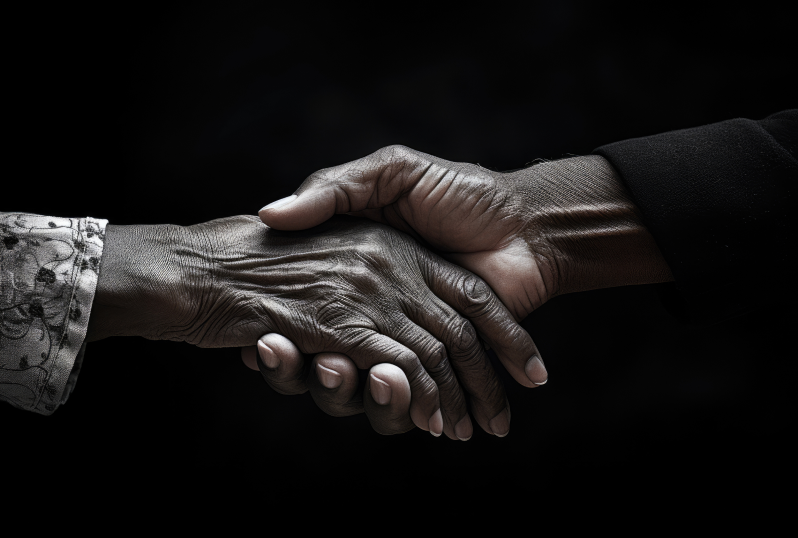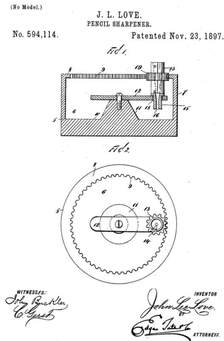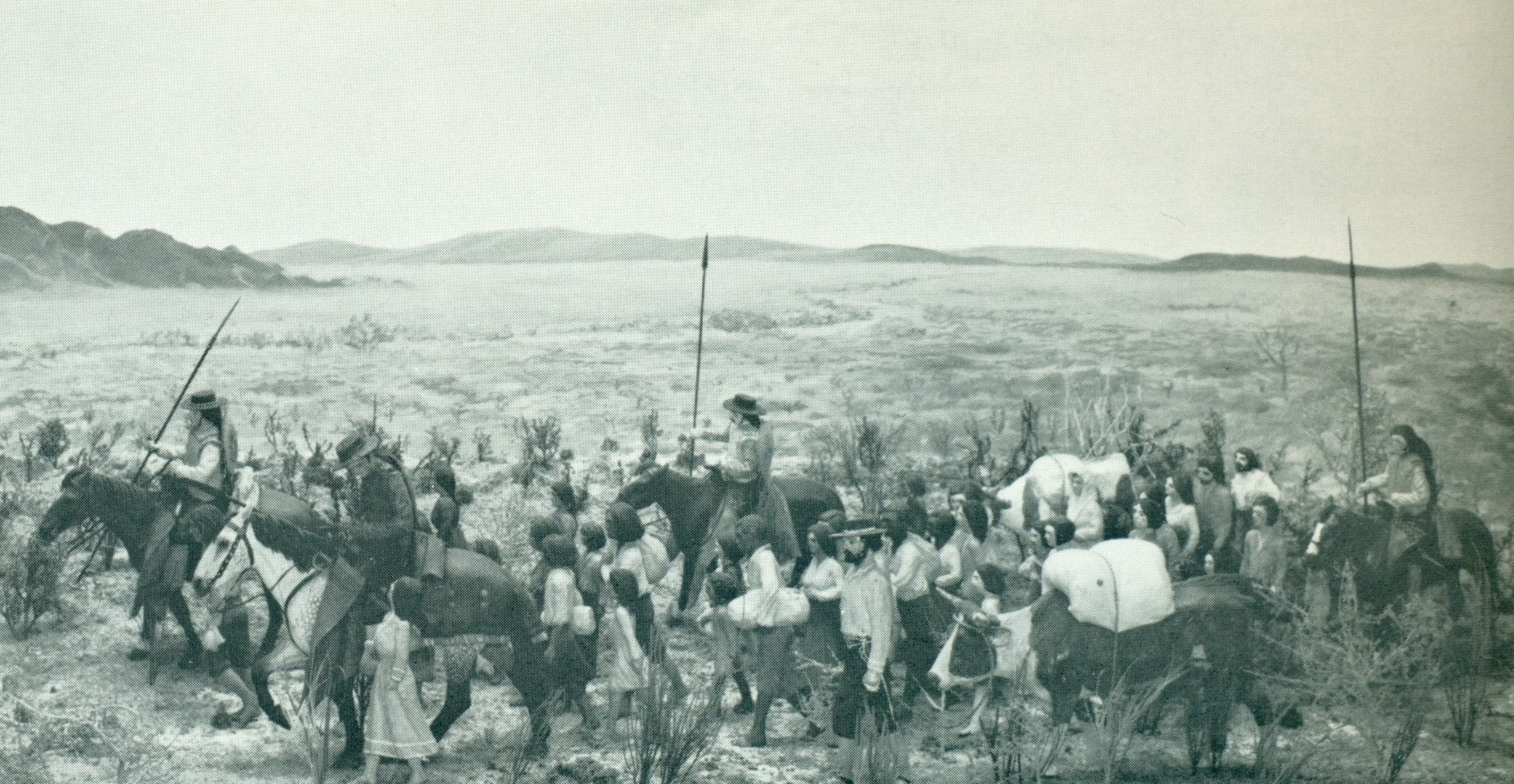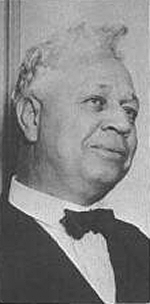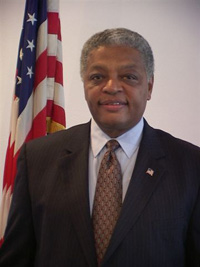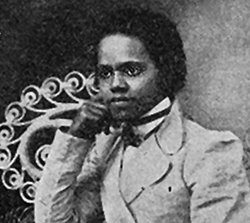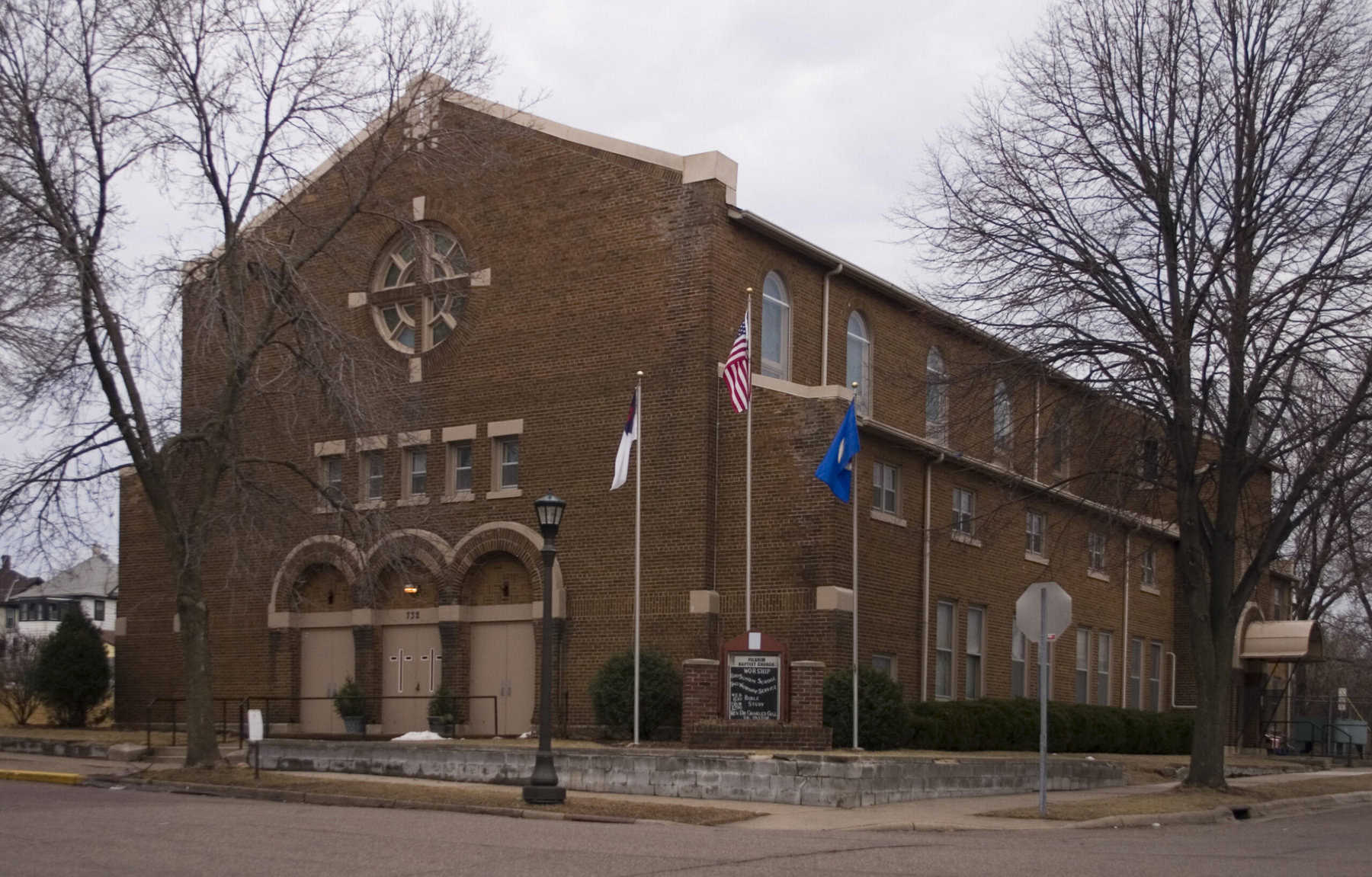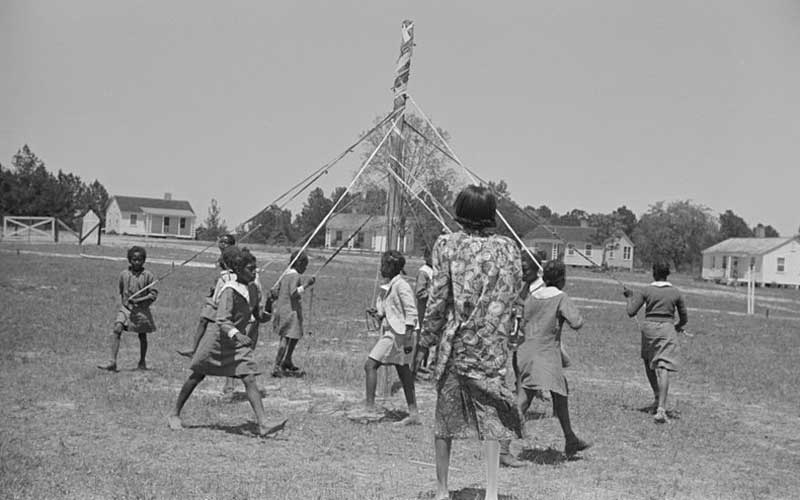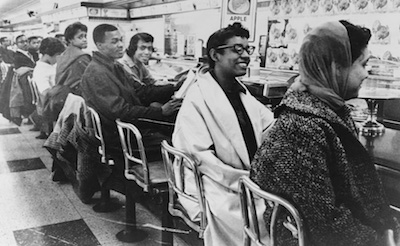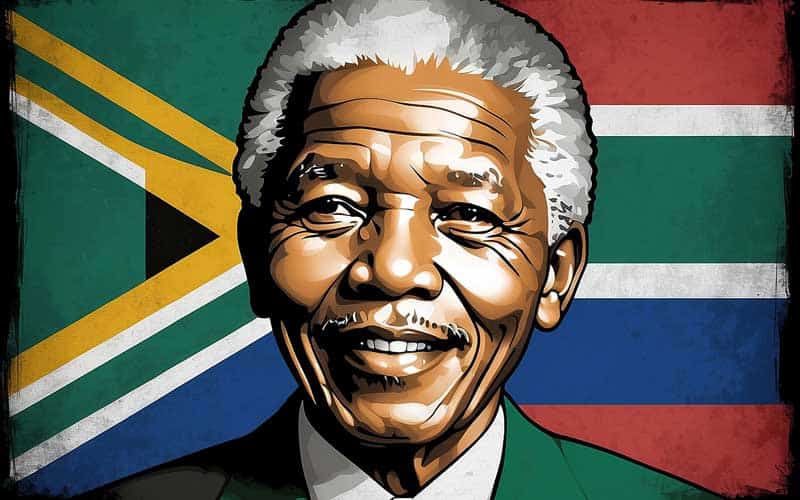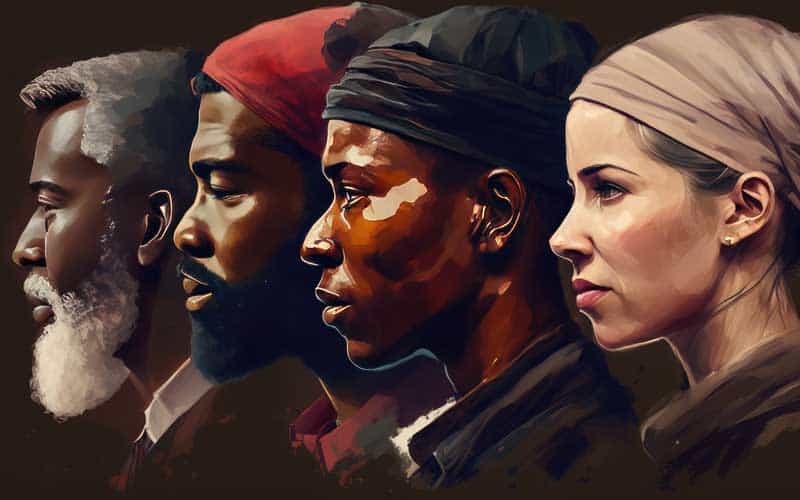Artist Jean Michel Basquiat was born on December 22, 1960 to a Puerto Rican mother, Matilde Andradas, and a Haitian father, Gérard Basquiat, who raised him in the Puerto Rican barrio of Park Slope in Brooklyn, New York. Fluent in English, Spanish, and French, Basquiat was a sensitive and creative middle-class child who railed against authority, refusing to finish high school and running away from home multiple times as a teenager to live in Washington Square Park in New York’s Greenwich Village.
Fifteen-year-old Basquiat began his artistic career as a graffiti artist in lower Manhattan under the pseudonym SAMO in 1976 and over the next three years he gained notoriety and fame. Basquiat and a friend, Al Diaz, invented SAMO (Same Old Shit) in an article for a school newspaper in 1977. It became Basquiat’s notorious graffiti signature on the streets of New York. SAMO brought Basquiat into contact with a variety of artists, including Keith Haring who facilitated his unofficial entry into the art world.
In 1978, Basquiat left home for good both penniless and homeless, living with various acquaintances when he could. He produced $1 punk-inspired postcards for sale on the street to earn money and created a band called “Gray” after the anatomy book “Gray’s Anatomy.” He also frequented the Mudd Club, a hotspot for rising stars such as Klaus Nomi, Iggy Pop, David Bowie, and Sid Vicious.
Basquiat’s desire for success led him to the center of the world he criticized. His first entry into the art world after his stint as a graffiti artist came with his exhibit at the “Times Square Show” in 1980. Around this time, he sought out Andy Warhol, then the most famous New York popular culture artist, but it was not until 1982 that he had a formal introduction. From 1982 to 1985, Basquiat collaborated with Warhol on a series of paintings that were poorly received. He also produced some of his own most recognizable work, including Arroz con Pollo (1981), Philistines (1982), Untitled (Angel) (1982), and Notary (1983). By 1985, he was a featured artist on the front page of The New York Times Magazine, which paid homage to him as an emerging artist of the 1980s international art market boom.
A Postmodern artist, Basquiat rejected the Western art world’s rules, engaging in a critique of systems of racism, colonialism, and capitalism in works such as Slave Auction (1982), Undiscovered Genius of the Mississippi Delta (1983), and Toussaint L’Ouverture v. Savonarola (1983). Themes of wealth and poverty, racial segregation, and class struggle dominated his work. His black identity is also manifest throughout his art.
Like his hero, Jimi Hendrix, Basquiat died of an overdose on August 12, 1988. Four years after his death, the Whitney Museum in New York created a retrospective traveling exhibition of his work. Ten years after his death, one of his self-portraits sold for a record $3.3 million. And, in June of 2013, his painting Dustheads sold for a record $48.8 million. His work remains widely revered.

